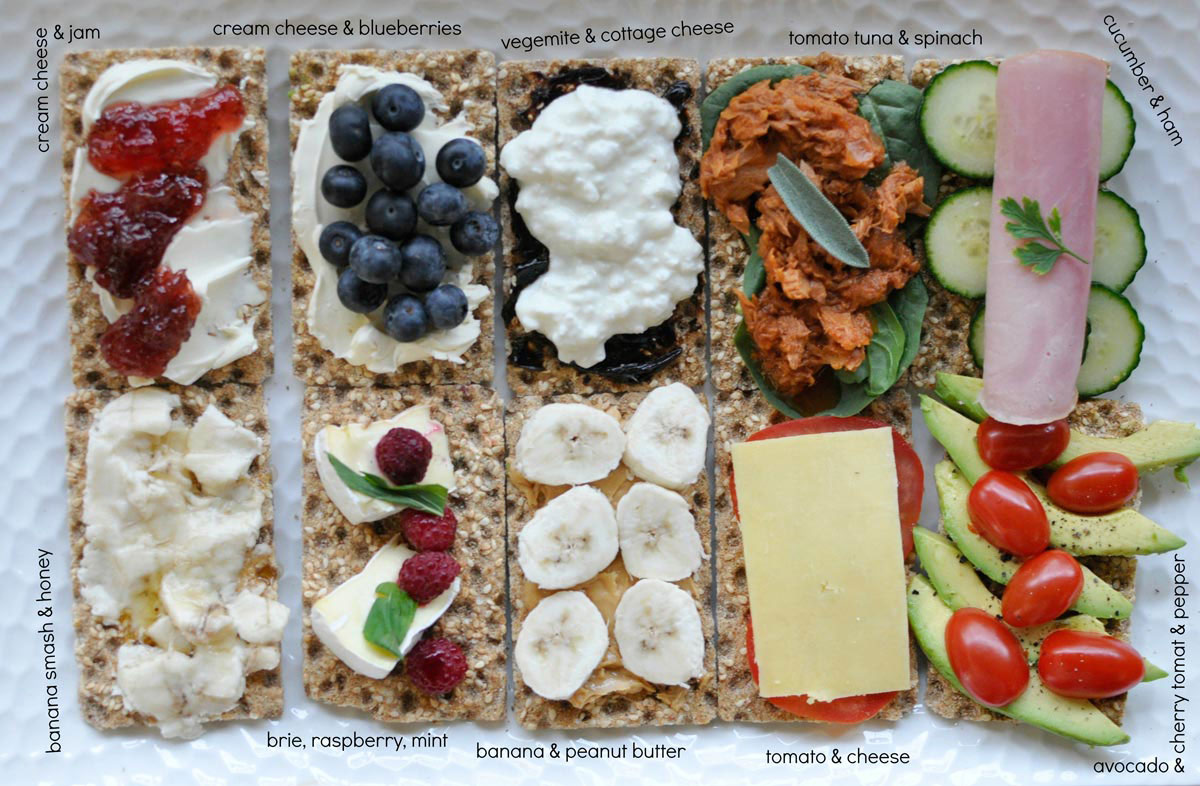GC analysis in food and flavour
When it comes to purchasing food, safety is paramount however other factors such as look, appeal, taste, touch & smell all play a vital role in our purchase decisions.
Thanks to the work of food chemists who use gas chromatography to identify the aroma compounds found in different ingredients, we are all beginning to gain a better understanding of the key compounds that are important to the flavour of different foods.
Dr Rachel Edwards-Stuart, Food and Flavour Scientist, carried out a sensory analysis in order to find a selection of new toppings for 12 Ryvita crispbreads. This was then documented in the Volume 19 edition of New Food magazine.

Using the scientific approach ‘flavour pairing’ the company FlavourByte, the flavour pairings were calculated by creating a flavour profile of the dominant aroma compounds for each ingredient (Ryvita). The flavour profile uses the odour activity values (OAV’s) from the compound concentrations in that ingredient, and the olfactory perception thresholds for those compounds. The resulting score is then used to create the pairings. New ingredients at this point can be analysed using a GC-MS. The relative concentrations of the compounds found in the GC-MS analysis are estimated by injecting a single compound with the known concentration. By doing this it allows new ingredients to be matched via the database. It is at this point the flavour profiles from the Ryvita ingredients are compared with the profiles in the database to marry the perfect combinations together.
The analysis identified that ingredients that shared the aroma compounds with the main flavour component of the Ryvita would work well as toppings. The research resulted in some fascinating flavour combinations such as strawberry, avocado and mozzarella served on a black pepper Ryvita.
Apart from having the know how to create tasty lunches, understanding the science and the methods behind it is most interesting. GC analysis is widely used in applications involving food. Typical applications pertain to the quantitative/ qualitative analysis of food composition, natural products, food additives, flavour/aroma components, even food packaging – the list is endless.
An important factor for the food chemist to consider is the gas that feeds their gas chromatograph. In order to achieve accurate results in a fast and efficient manner they must ensure they have a consistent and reliable source of gas. Gas can be provided in helium cylinders and bulk storage or a hydrogen or nitrogen gas generator. This is where Peak and its Precision series of gas generators can help. The Precision series has been designed specifically for GC applications. Combining convenience and reliability in a stackable and modular design, Precision is the safe and practical GC gas solution for hydrogen, nitrogen and zero air in your lab.
A gas generator from Peak Scientific can offer a reliable, consistent on-demand source of gas for your analysis. A generator surpasses traditional gas sources as you will no longer run out of gas during your analysis, gas is produced on-demand as and when required. It eliminates health & safety concerns when it comes to gas handling & storage and it also means no more switching over empty cylinders which interrupts analysis.
For peace of mind in your GC, you need Precision.